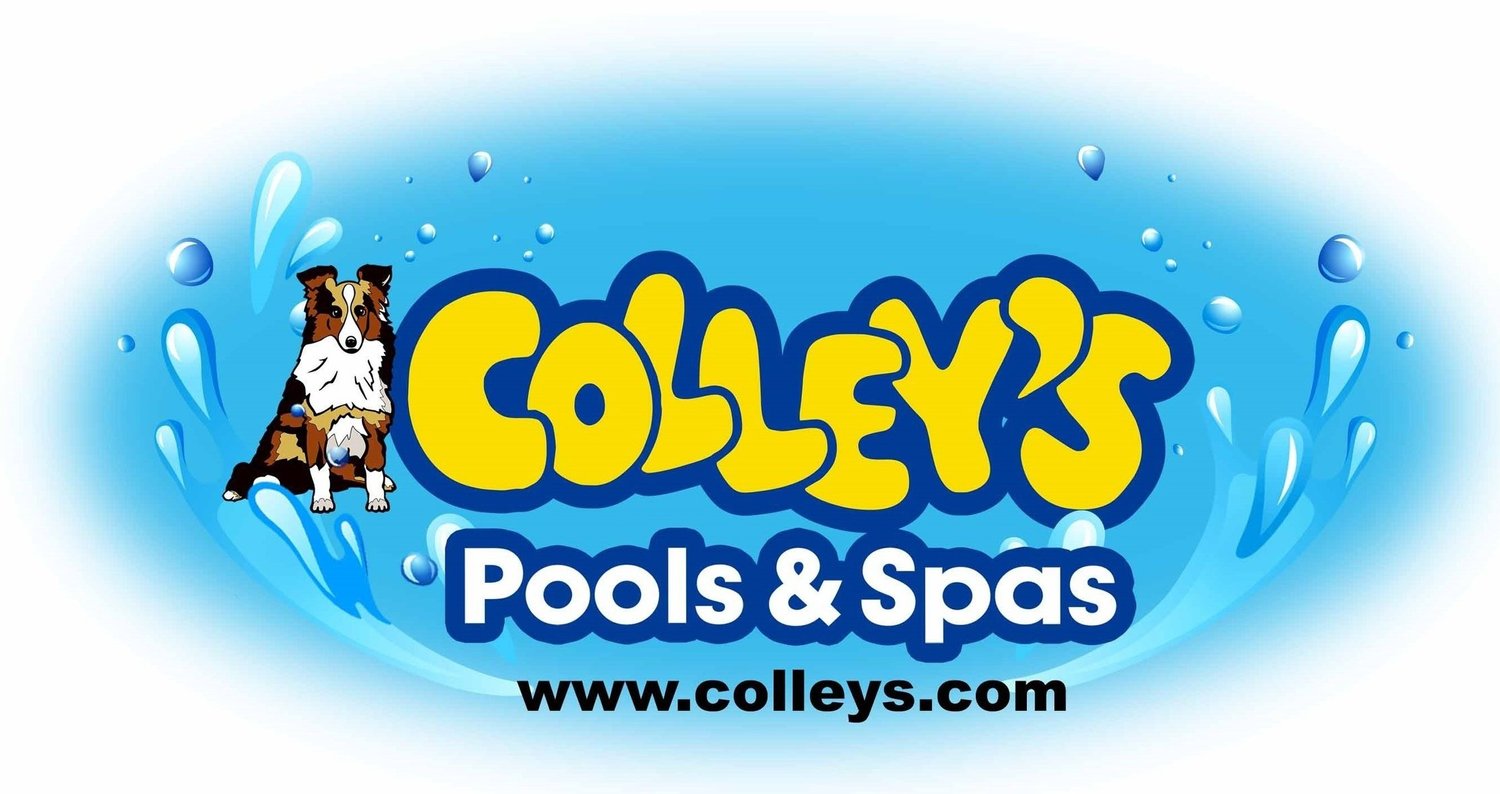Having a new gunite pool installed or having your existing gunite pool re-finished and wondering how the PebbleTec application process works? This blog is for you! We’ll also be updating the website with the latest finish options that PebbleTec offers!
Step 1: Prep the Pool for Application
For pool remodels, the existing surface finish would need to be stripped off to create a smooth, blank canvas for the new finish.
Step 2: Mix it Up
After the pool surface has been prepped, your applicator will mix up your desired finish.
Step 3: Spray
In this step, we will use a pneumatic spray applicator or other specialty equipment to shoot the PebbleTec material through a hose and onto the pool surface. This application technique ensures even, consistent coverage. Immediately after application, your authorized applicator will hand trowel the material to properly secure the pebble mixture.
Step 4: Expose the Finish
Next, we will spray the pool with water or wipe it down to remove any excess cement from the surface. This process may vary depending on your finish type (PebbleTec, PebbleSheen, PebbleBrilliance or PebbleFina). For example, glass finishes typically require different exposure methods compared to pebble finishes. Whatever finish you’ve chosen, as PebbleTec authorized applicators, we are trained to apply each finish using the most effective techniques to ensure the best possible result.
Step 5: Set & Harden
The finish is left to set and harden. The specific details for how long the material needs to sit will depend on the type of finish you’ve selected.
Step 6: Pressure Wash & Detail
A special acid solution is used to create a clean finish free of any excess residue or film left behind by the application process. Once detailing is finished, the application process is complete and it’s time to fill up the pool. Be sure to properly balance chemicals prior to diving in! It is always best to consult your project coordinator to determine best steps for ensuring your pool is ready to be used!

